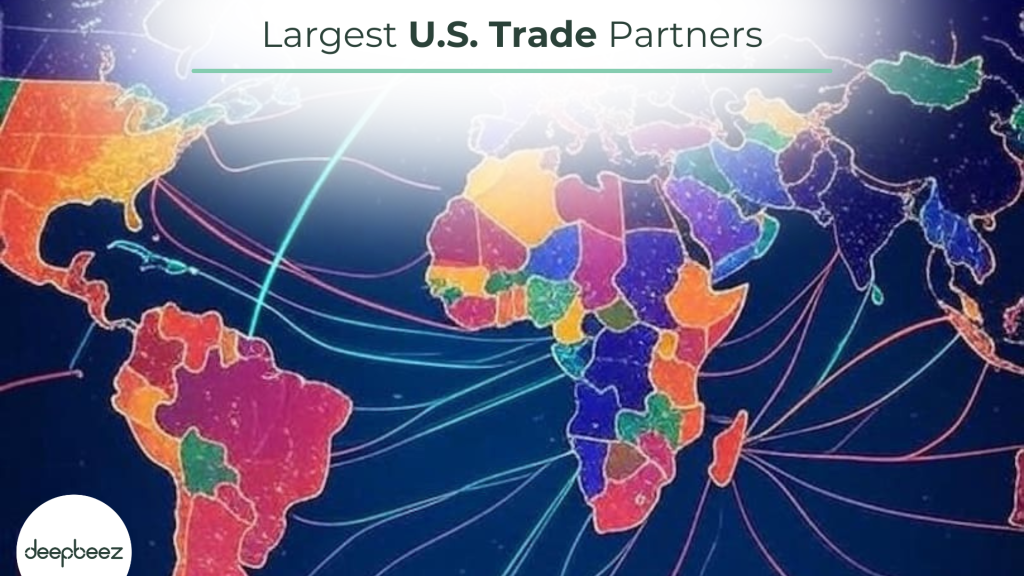Are you ready to discover where American businesses make their biggest deals? Whether you’re planning your next export venture or seeking reliable import sources, understanding the United States’ trade landscape can unlock millions in potential revenue for your company. Maybe you’re searching for the best possible way to obtain U.S. import license?
The biggest U.S. trading partners are:
- Mexico ($776.0 billion)
- Canada ($699.6 billion)
- China ($532.4 billion)
- Germany ($217.1 billion)
- Japan ($208.9 billion)
- South Korea ($180.8 billion)
- Taiwan ($144.9 billion)
- Vietnam ($136.5 billion)
- United Kingdom ($134.6 billion)
- India ($118.8 billion)
The numbers tell an incredible story. The United States trades with more than 200 countries and territories worldwide, cementing its position as the world’s largest trading nation. But here’s what every smart business owner asks: Which markets truly matter for your bottom line?

